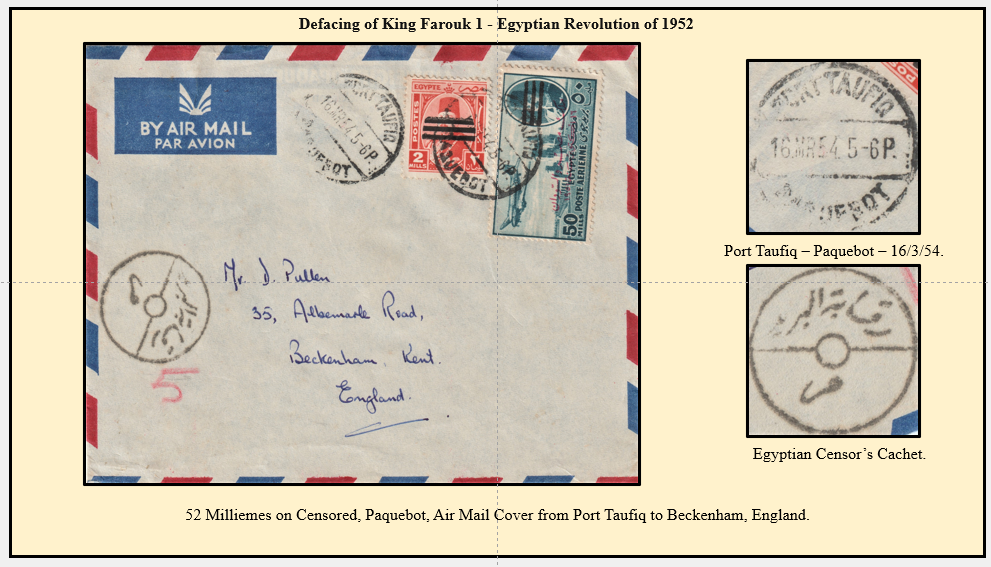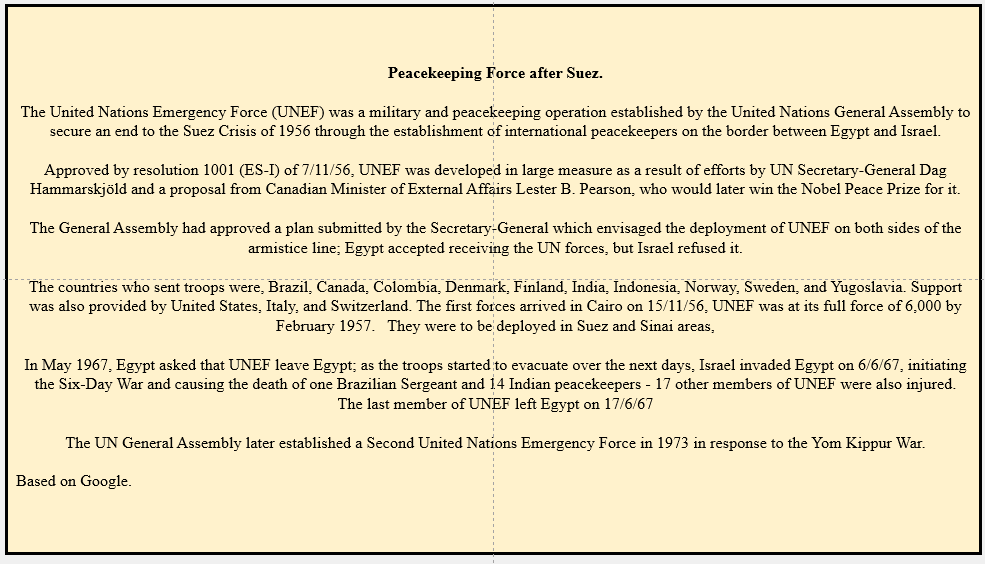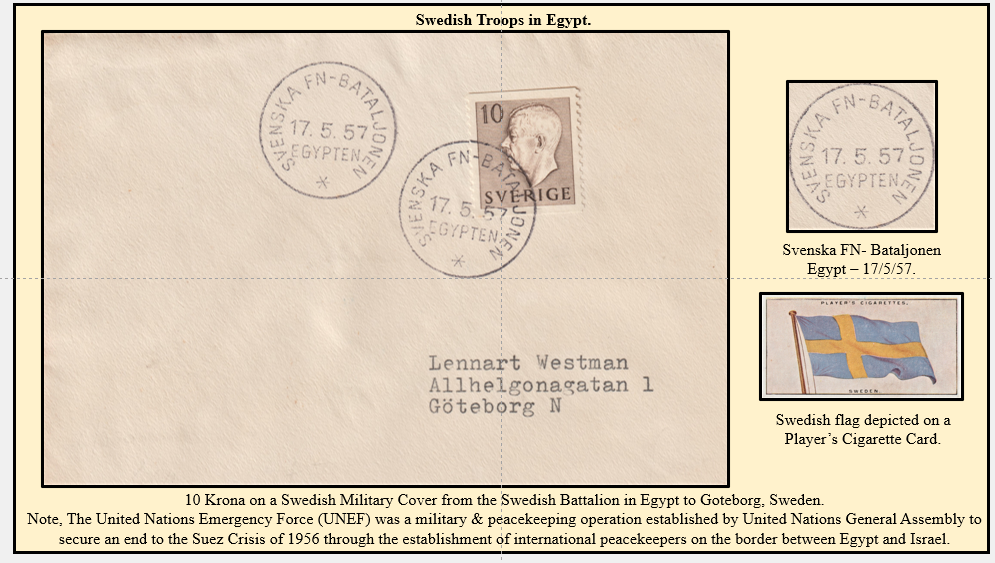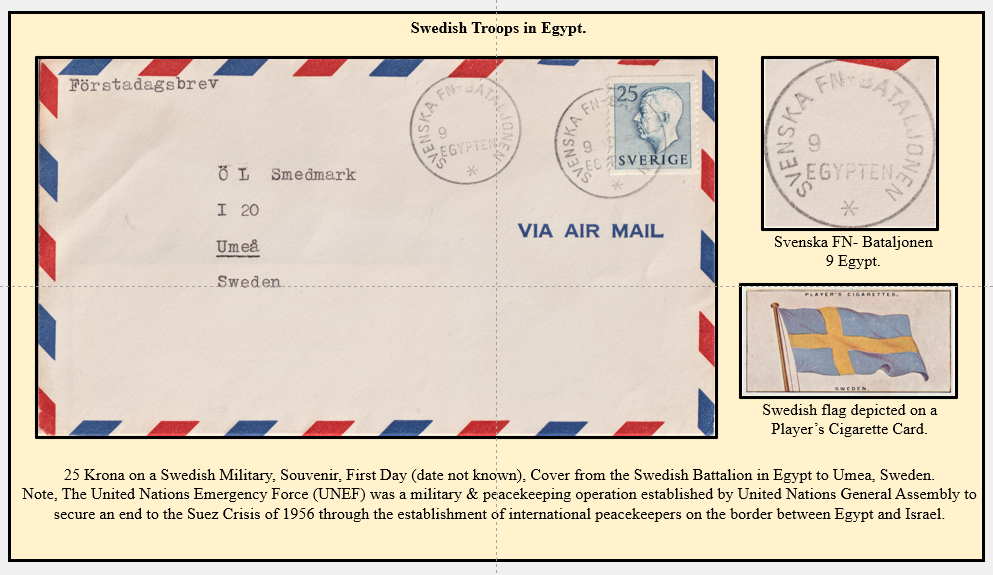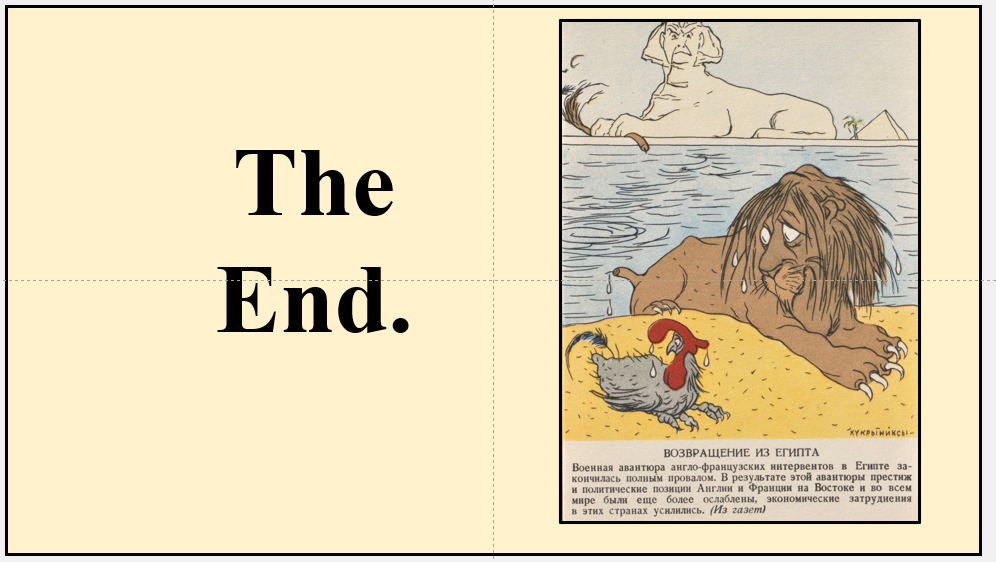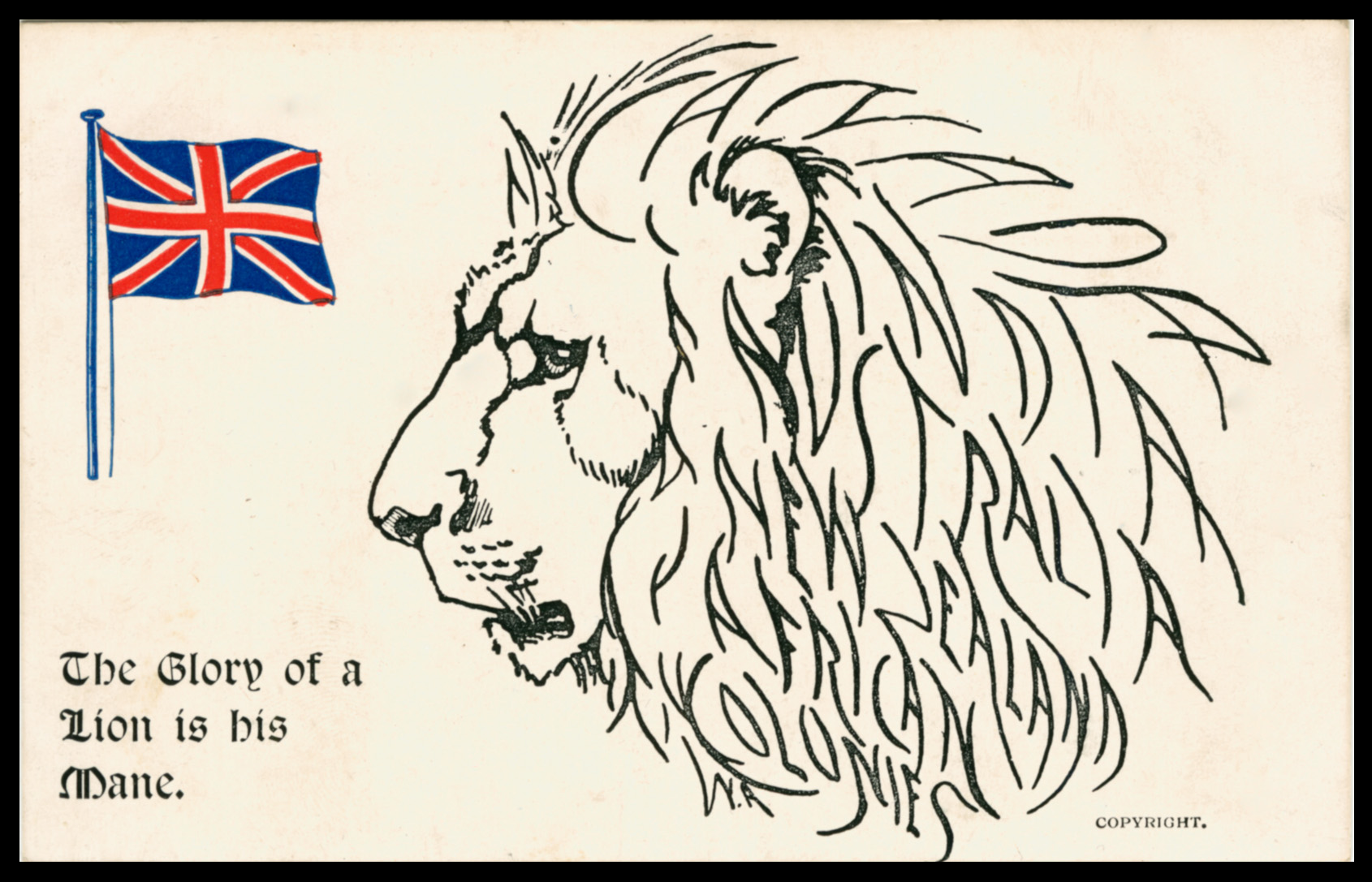The stamps and postal history of Egypt.
Quote from Steve on January 20, 2024, 11:10 amBravo! Congratulations!! This has been a wonderful feast of Egyptian Postal history. Fantastic!
As Jamie has demonstrated, Egypt is a wonderful collecting area. I visited it in 1972, many years ago now. I was then a relatively young man who was attempting to 'hitch-hike' from Norway to South Africa via the Nile and the East African Rift Valley. I was enchanted by the exotic beauty of roseate evenings spent on the banks of the Nile at Luxor which left a profound impression on me. There I slept on the flat-topped roof of the Youth Hostel in the cool beneath the stars and visited the Valley of the Kings and the tomb of Seti 1st (19th Dynasty) with its magical gods and golden constellations on its ceiling. Despite drinking the waters of the Nile, I have yet to return to Egypt.
The history of Egypt begins with Africa's first great civilisation, the Pharaonic dynsaties, followed by the Greeks (Alexander), the Romans (Antony and Ceasar), the Arabs, Ottoman Mamelukes, the French (Napoleon) and the British. While Britain controlled Egypt, the French retained influence over it civil servants and antiquities. Most importantly, the French built the Suez Canal despite British reservations. Construction began in April 1859 and the Suez Canal was opened in November 1869. This short-cut to India and SE-Asia became so vital to Britain that it was defended tooth-and-nail in two World Wars, from the Turks and Germans in the East in WW1 and from the Italians and Germans in the West in WW2. With the rise of Pan-Arab political movements and the nationalisation of the Suez Canal by Gamel Abdul Nasser Britain and France almost went to war with the USA in 1956 in order to keep it. (See Jamie's last, lovely postcard, presumably Russian anti-imperialist propaganda, above, showing a soggy French cockerel and a dampened British lion minus his tail). As much as the Pyramids and the Nile, the Suez Canal provides Egypyt with a sense of national identity. It has been much in the news recently and will no doubt continue to make headlines while it remains a vital maritime trade route through a region of ancient, unresolved conflict. Hence the offering of my map below.
It is always suggested that you include a map with your display. Jamie starts with one. His is entirely suitable and practical but the one below is almost ceratinly older. I recently found this real photo map among my 'stuff'. Some of the people shown appear on modern Egyptian stamps. It is a pity about the map's orientation but it would nevertheless make an interesting addition in an Eqypt display
At risk of going off piste, I attach a postcard from roundabout the time of WW1. It shows Jamie's British Imperial Lion in all his glory, some 50 years before the dispiriting Suez Crisis and is headed "The Glory of a Lion is his Mane". According to the reverse of the postcard, "The mane is not merely a glorious ornament but a real protection to a lion". (Published by Boots, Pure Drug Co. Ltd.) If you carefully examine the mane of the lion below, you can see it comprising "Canada, India, Australia, New Zealand, African Colonies" in descending order. With the exception of Canada, these British imperial possessions would have been most easily reached by ships sailing from Britain via the Suez Canal. All supplied large numbers of troops for the defence of the Suez Canal during WW1 and WW2, the exception being Canada which was committed to the war in the North Atlantic and in Europe.
Bravo! Congratulations!! This has been a wonderful feast of Egyptian Postal history. Fantastic!
As Jamie has demonstrated, Egypt is a wonderful collecting area. I visited it in 1972, many years ago now. I was then a relatively young man who was attempting to 'hitch-hike' from Norway to South Africa via the Nile and the East African Rift Valley. I was enchanted by the exotic beauty of roseate evenings spent on the banks of the Nile at Luxor which left a profound impression on me. There I slept on the flat-topped roof of the Youth Hostel in the cool beneath the stars and visited the Valley of the Kings and the tomb of Seti 1st (19th Dynasty) with its magical gods and golden constellations on its ceiling. Despite drinking the waters of the Nile, I have yet to return to Egypt.
The history of Egypt begins with Africa's first great civilisation, the Pharaonic dynsaties, followed by the Greeks (Alexander), the Romans (Antony and Ceasar), the Arabs, Ottoman Mamelukes, the French (Napoleon) and the British. While Britain controlled Egypt, the French retained influence over it civil servants and antiquities. Most importantly, the French built the Suez Canal despite British reservations. Construction began in April 1859 and the Suez Canal was opened in November 1869. This short-cut to India and SE-Asia became so vital to Britain that it was defended tooth-and-nail in two World Wars, from the Turks and Germans in the East in WW1 and from the Italians and Germans in the West in WW2. With the rise of Pan-Arab political movements and the nationalisation of the Suez Canal by Gamel Abdul Nasser Britain and France almost went to war with the USA in 1956 in order to keep it. (See Jamie's last, lovely postcard, presumably Russian anti-imperialist propaganda, above, showing a soggy French cockerel and a dampened British lion minus his tail). As much as the Pyramids and the Nile, the Suez Canal provides Egypyt with a sense of national identity. It has been much in the news recently and will no doubt continue to make headlines while it remains a vital maritime trade route through a region of ancient, unresolved conflict. Hence the offering of my map below.
It is always suggested that you include a map with your display. Jamie starts with one. His is entirely suitable and practical but the one below is almost ceratinly older. I recently found this real photo map among my 'stuff'. Some of the people shown appear on modern Egyptian stamps. It is a pity about the map's orientation but it would nevertheless make an interesting addition in an Eqypt display
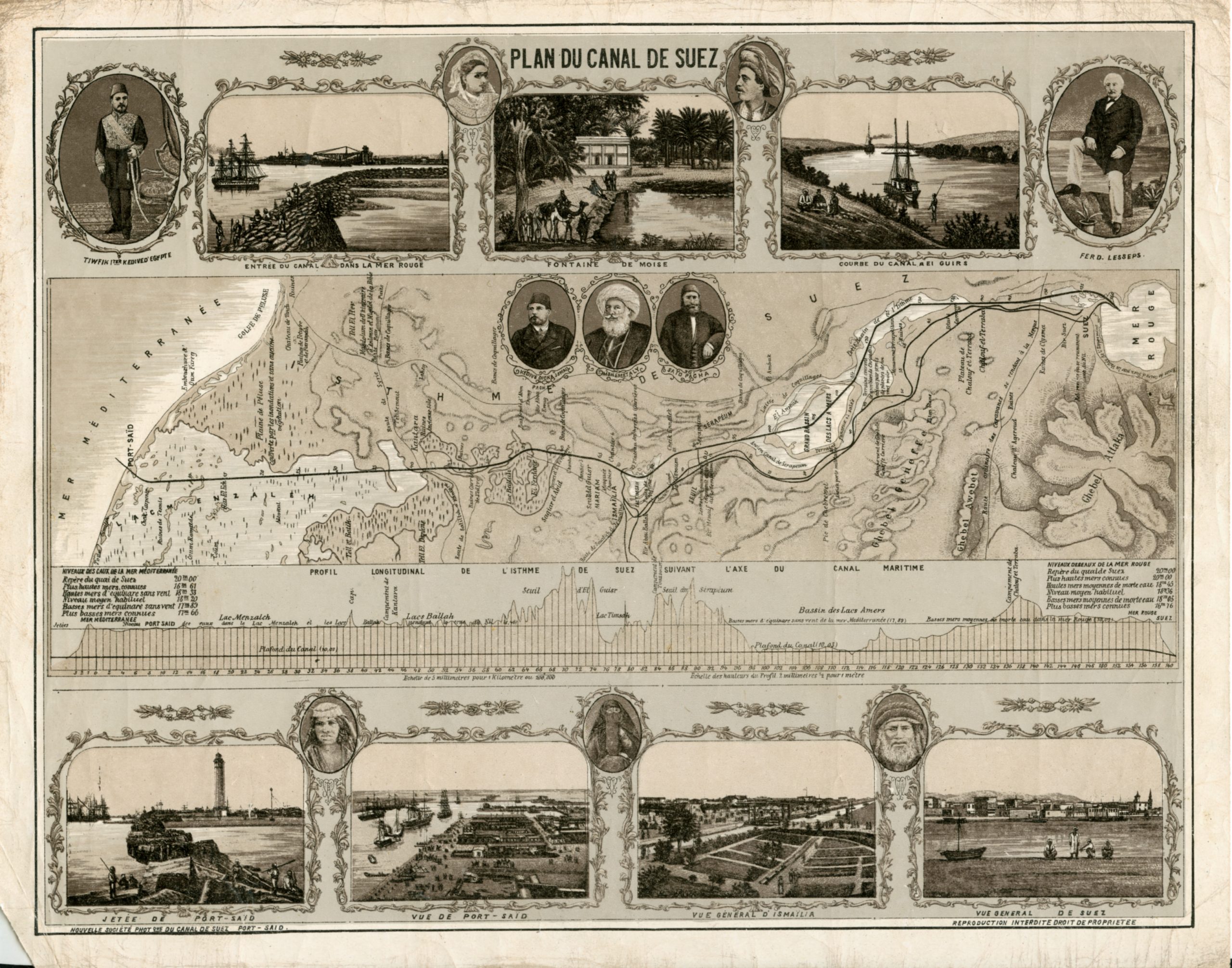
At risk of going off piste, I attach a postcard from roundabout the time of WW1. It shows Jamie's British Imperial Lion in all his glory, some 50 years before the dispiriting Suez Crisis and is headed "The Glory of a Lion is his Mane". According to the reverse of the postcard, "The mane is not merely a glorious ornament but a real protection to a lion". (Published by Boots, Pure Drug Co. Ltd.) If you carefully examine the mane of the lion below, you can see it comprising "Canada, India, Australia, New Zealand, African Colonies" in descending order. With the exception of Canada, these British imperial possessions would have been most easily reached by ships sailing from Britain via the Suez Canal. All supplied large numbers of troops for the defence of the Suez Canal during WW1 and WW2, the exception being Canada which was committed to the war in the North Atlantic and in Europe.
Uploaded files:
